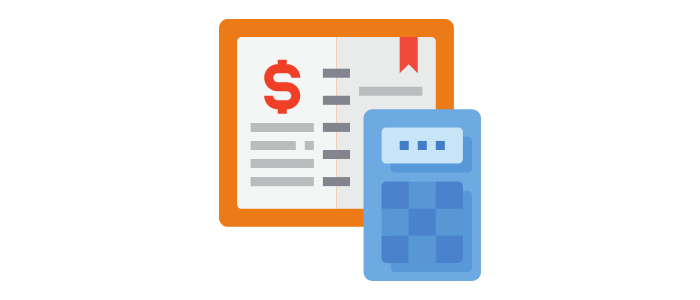Accounting is the process of recording, classifying, and summarizing financial transactions to provide information that is useful in making business decisions.
It involves analyzing financial statements to assess a company’s performance and predicting its future financial position.
Accounting also helps businesses comply with government regulations. In accounting, there are Journal and Ledger Books.
The Journal is where the transactions are recorded. The Ledger is where the balances of the accounts are shown.
The main difference between a journal and a ledger is that a journal records individual transactions, while a ledger summarizes the balances of specific accounts.
What is a Journal?
A journal is a book in which financial transactions are recorded. Transactions are usually listed in chronological order, with the most recent entry at the top.
The information in a journal is used to create financial statements, which show a company’s assets, liabilities, and net worth. It is also used to calculate profits and losses.
What is a Ledger?
A ledger is a book in which the financial balances of specific accounts are recorded.
For each account, there is a debit column and a credit column. The balance of an account is the sum of the debits minus the credits.
Ledgers are used to prepare financial statements and to track changes in account balances over time.
Journal vs Ledger: What is the difference?
Key differences between Ledger and Journal are –
Recording
In a ledger, account balances are recorded as a running total. In other words, the debit column is always added to and the credit column is always subtracted from.
This makes it easy to see how the balance of an account has changed over time.
In a journal, transactions are listed in chronological order. This makes it easy to see what transactions have taken place and when.
Use in financial statements
In a ledger, account balances are used to prepare financial statements.
In other words, the balances from all of the company’s ledgers are combined to create a statement of financial position, a statement of profit and loss, and a cash flow statement.
In a journal, transactions are used to prepare financial statements. This means that the journal is used to calculate profits and losses, as well as track changes in account balances over time.
Structure
A ledger is usually structured in a way that makes it easy to see how the balance of each account has changed over time.
For example, most ledgers have a page for each account and a separate page for each month.
This allows you to track the changes in an account’s balance on a month-by-month basis.
A journal is usually structured in a way that makes it easy to see what transactions have taken place and when.
It typically doesn’t have a page for each account or each month.
Balance Sheet
A ledger can be used to create a Balance Sheet. A Balance Sheet shows a company’s assets, liabilities, and net worth.
On the other hand, a journal cannot be used to create a Balance Sheet.
Purpose
The primary purpose of a ledger is to track account balances over time. It helps in the permanent recording of financial transactions and preparing financial statements.
The primary purpose of a journal is to record financial transactions in chronological order.
It helps in understanding individual transactions and preparing financial statements.
Advantages
The main advantage of a ledger is that it helps in the permanent recording of financial transactions.
This makes it easy to track an account’s balance over time and prepare financial statements.
The main advantage of a journal is that it helps in understanding individual transactions.
Creation
A ledger is typically created by a bookkeeper. They input the account balances into a spreadsheet or database and then create a report that shows the balances for each account and each month.
A journal is typically created by a business owner or accountant. They input the financial transactions into a spreadsheet or database and then create a report that shows the transactions for each account and each month.
